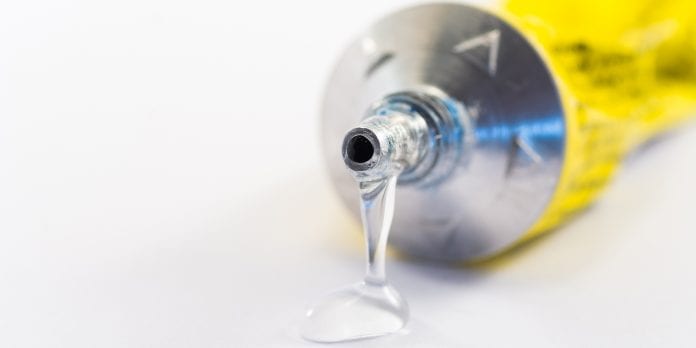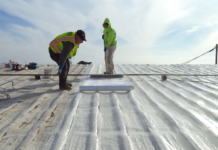Super glue is an extremely useful tool without which many DIY projects, repairs, and similar maneuvers would be much less successful and harder to perform. Sturdy, stronger than ordinary adhesives and powerful enough to bond various types of materials, this one is definitely something that everyone should have in their home because of its usefulness.
However, not everything seems to be so great when it ends up in places where it shouldn’t, or on a surface that’s extremely difficult to remove it from – for example, plastic. Items that come into contact with it can easily get damaged and become completely unusable or simply aesthetically unattractive, in case their functionality isn’t compromised. Removing super glue from plastic is a very difficult task since when it’s dried its consistency is actually most similar to that of plastic.

When we choose to use special adhesive removers, they may, along with the adhesive, remove a part of that particular plastic surface or damage it, so this is not always the best option.
It’s well-known that the process of plastic molding and shaping can be really challenging and long, and the presence of many people is required to perform this and make a new, perfect shape; if you would like to know more about it, you can check this, as this website contains the description of the whole process.
However, after managing to make such a piece, it’s necessary to know that it could be subject to a variety of influences and substances that may impair its shape, function or any similar meaningful feature.
This is exactly what might be the case if the glue accident takes place. And, because this can happen to anyone, from housewives to manufacturers, today we’ll take a closer look at some ways in which we can remove this persistent and annoying matter from your plastic object with as little damage as possible and without losing nerves.
1. Warm, soapy water
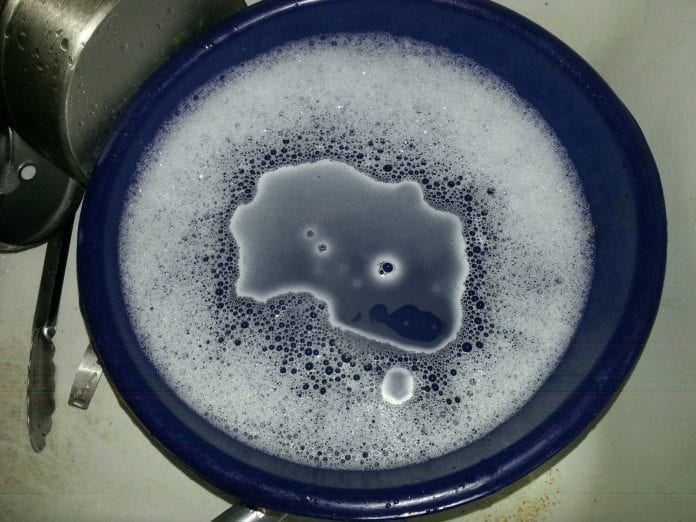
This option probably seems to be the most effective and beneficial. The first thing you need to do is to put some hot or at least warm water and dissolve some soap in it. In case you don’t have the ordinary liquid soap, the dish detergent will definitely do. When it all becomes homogeneous, there are a couple of things you can use for removing the adhesive: 1) an old cloth; 2) a little pad made of toilet paper or 3) some cotton pads.
Moisten one of these by soaking it in the soapy water and place the cloth or pad prepared in this way on the surface covered by the adhesive for as long as possible – at least a couple of hours. After getting wet, it should start softening and become mushy enough for us to be able to remove it by rubbing. Don’t use the same pad or cloth that you used for soaking the glue – use a dry and clean one. Soapy water shouldn’t do any harm to the plastic object as it’s quite mild.
2. Alcohol or nail polish remover (acetone)
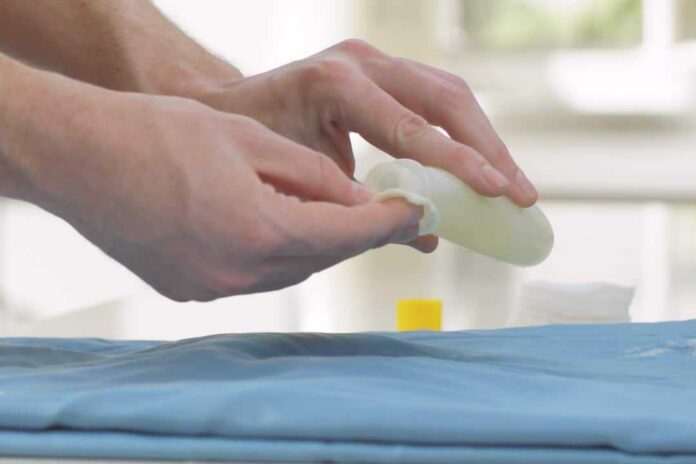
The method of removing the glue with the alcohol is a bit more aggressive than simple dish soap, having in mind that it’s a stronger substance. This can be used in case the first method didn’t have a proper effect or if it removed the glue blob or stain only partially. However, if you opt for this one or the acetone, you should be aware of the fact that it can easily deform the plastic if not used carefully.
Even then, it’s probably the most successful way of doing it and it will take the least amount of time and effort. In case you have a nail polish remover, it might work as well, depending on the percentage of acetone in it. Here it’s necessary to simply rub the surface until you feel the adhesive becoming softer or starting to fall off and after repeat the procedure with another, dry cloth until it disappears completely.
3. Peanut butter
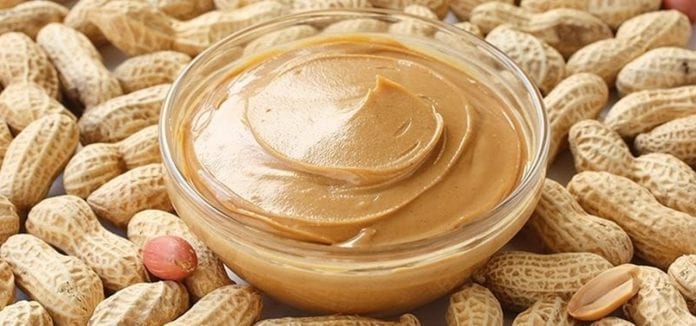
A weird one, right? Can you guess why this yummy ingredient could easily be an effective weapon against this persistent substance? If your first thought was “fat”, yes, you were right. It’s well-known that peanut butter contains a lot of natural oil and fat and they can actually make the blob fall off more smoothly.
However, just like when you’re using alcohol, it might happen that this method disfigures the object in some kind of way by making stains on it, which definitely depends on the type of plastic. The procedure is similar to the first one – it takes some time after applying for the butter to actually work, so make sure you leave it there for at least half an hour.
4. Baking soda and oil paste
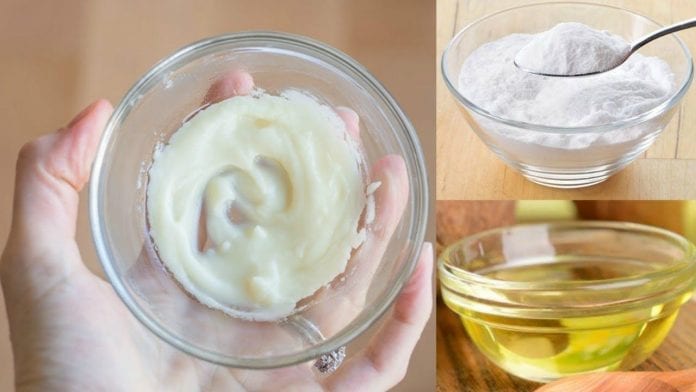
This is another DIY resolution for this problem and it includes two things that each one of us has inside their kitchen – a tablespoon of baking soda or two (depending on the size of the glue lump) and a little bit of oil.
We’ve already learned from the previous example that oils can do wonders with such tedious and persistent nubbles, which is why you should do the same thing as you would do with peanut butter. Regarding the type of oil, you can use whichever you have, although the best option would be coconut oil, in case there’s a really hard and sturdy stain.
5. Nitromethane component
Here we have the golden mean between the first two methods – this substance is definitely stronger and works better than soap and water, just like alcohol, but you can be sure that it won’t do any harm to the object.
It’s possible to find it in craft or DIY shops or any other kind of shops that sell useful household items and it’s specially dedicated to glue removal. This type of solution is ideal for treating or fixing some delicate plastic parts as you can feel safe about using it without causing any unforeseen detriment.
And, what also seems to be a great advantage, you won’t need much of this liquid since a small amount will be absolutely enough for it to work properly – and this means you can keep the remaining part just in case something similar happens again, without the need to spend more money on other means.
6. Knife or any other type of blade
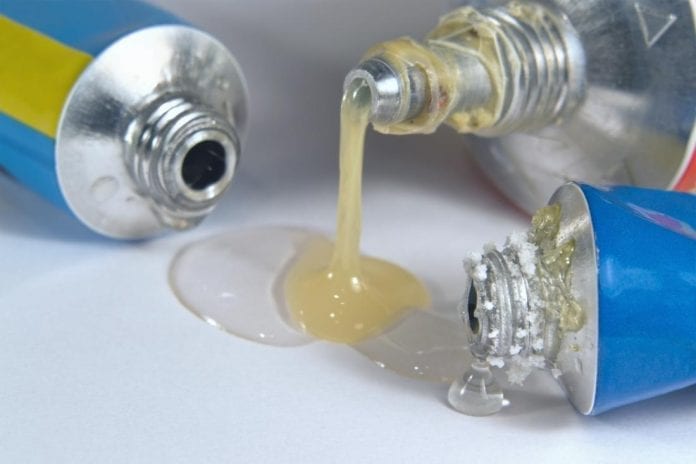
If your super glue is still mushy or already soft, it will be much easier to take it off. However, as the last option, in case you’re not that lucky and the blob has already dried and made an ugly, firm stain, the best resolution is to try removing it with a blade. Here it’s required to be gentle, not only because of the plastic but also because of your own safety, in order not to get hurt by the sharp part.
You can simply scrape the stain from the object, taking care not to cut it and disfigure it if possible.
